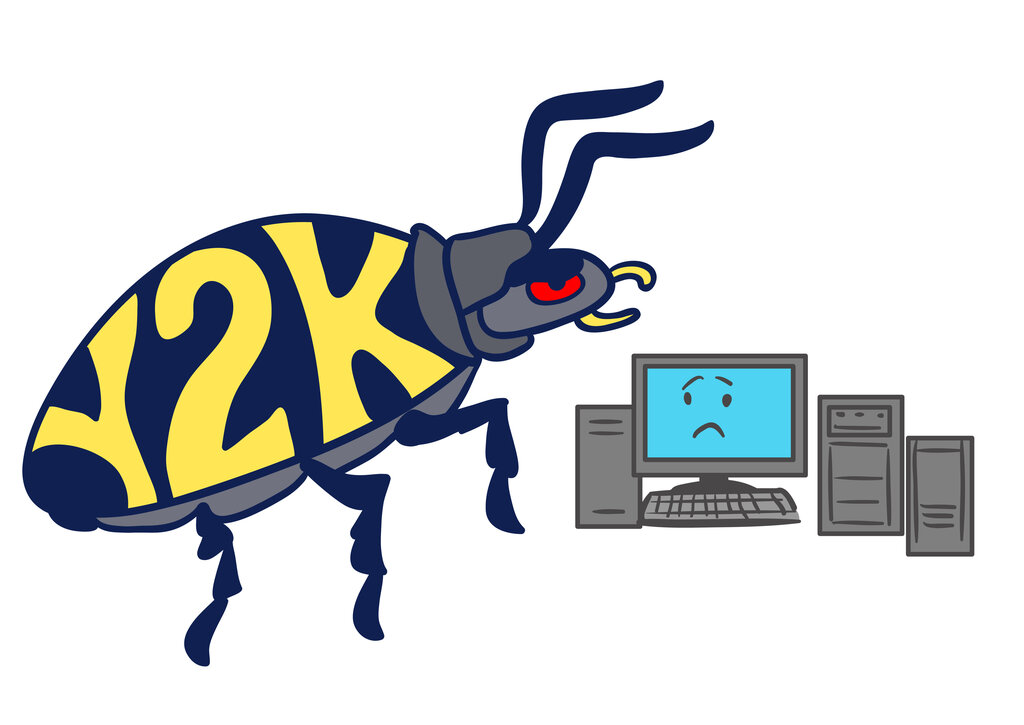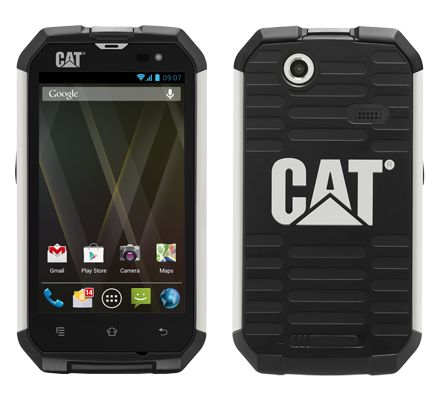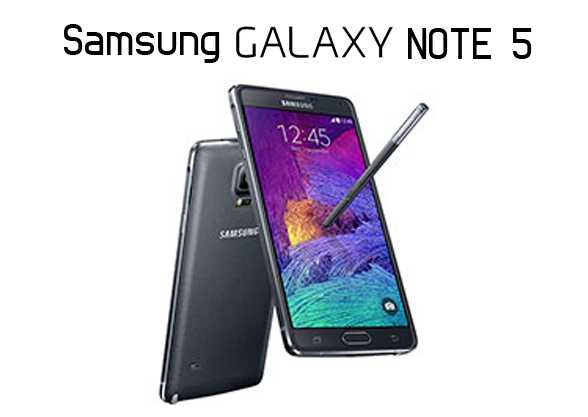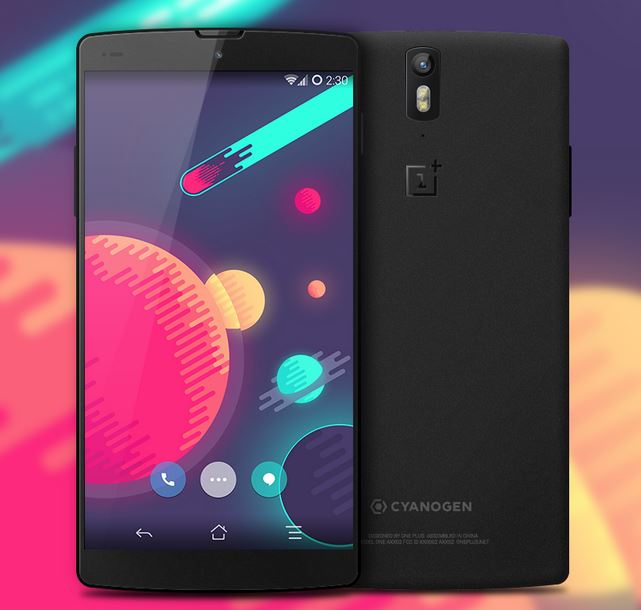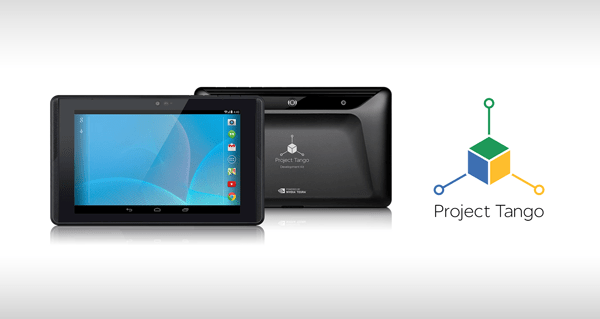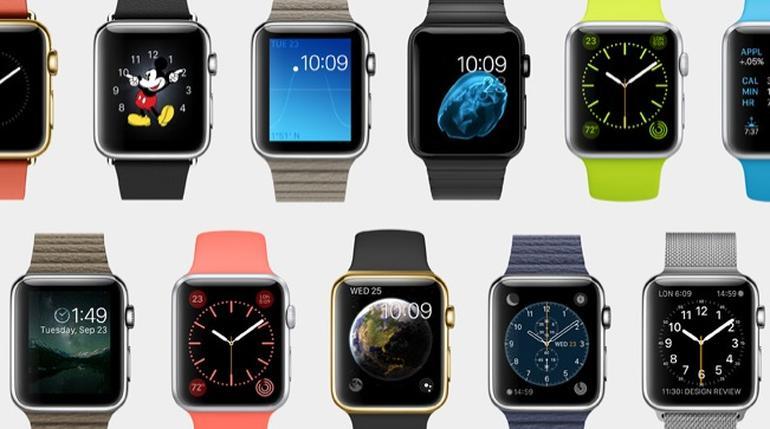Bug of the Century
Could Y2K Happen Again?
Readers of a certain age might recall the buildup to Jan. 1, 2000, as an exercise in high drama. The object of concern was the so-called Y2K bug, the fear that hardware and software systems would stop functioning if they interpreted Jan. 1, 2000, as the first day of the year 1900. The issue was […]
